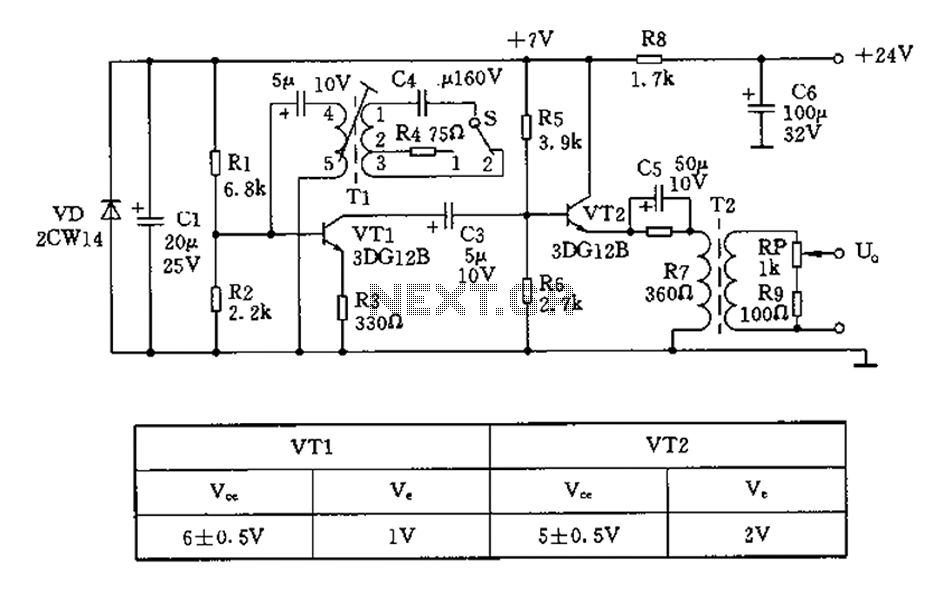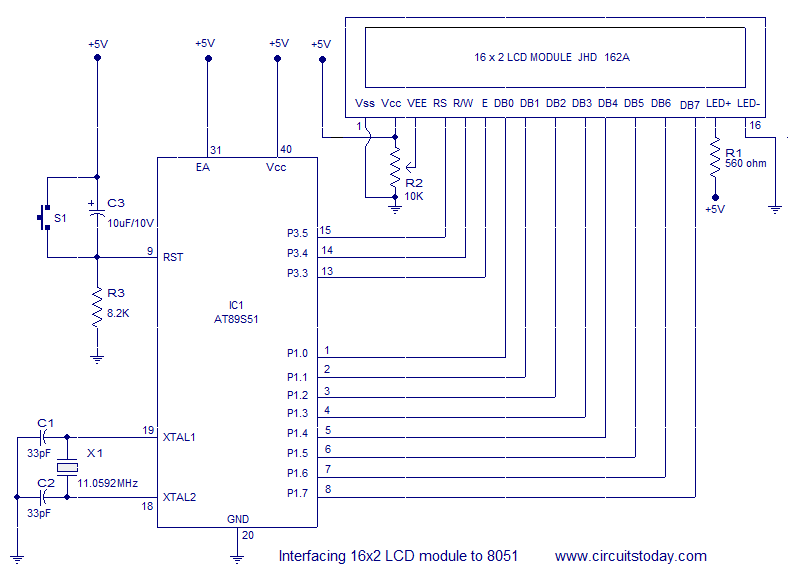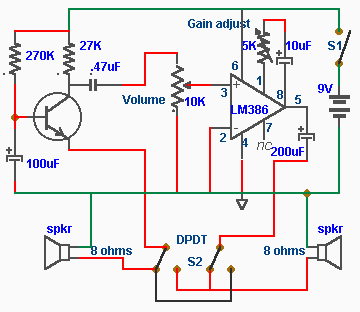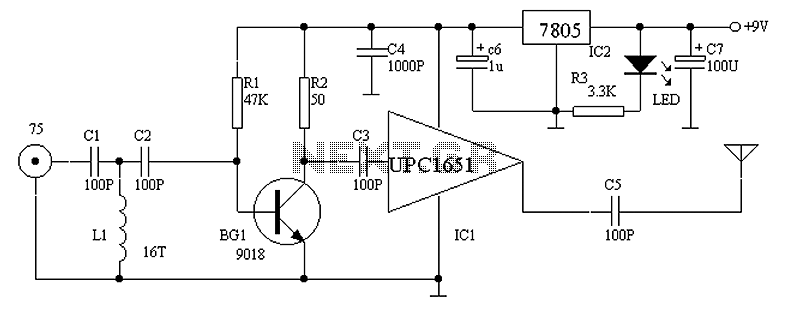
Photoelectric high current small signal control circuit
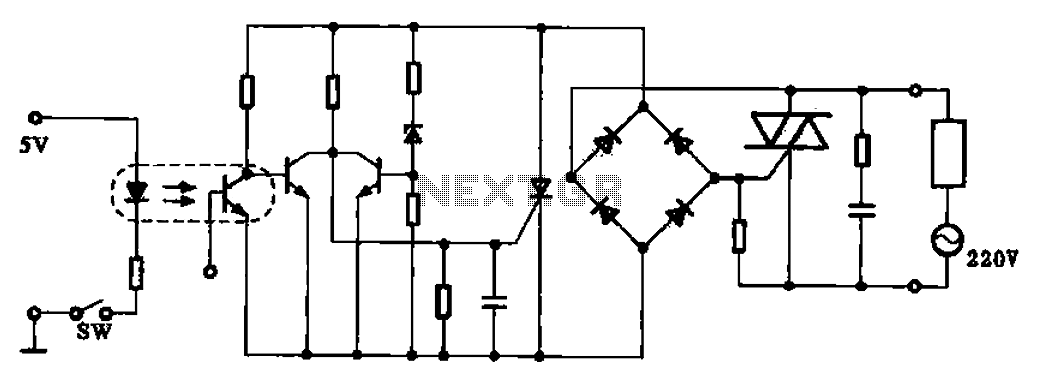
This application example illustrates a photovoltaic control circuit. In this circuit, the Triac functions as a solid-state relay, providing an AC power supply path to the load. It is designed to achieve high current control signals using a small (low current) input.
The photovoltaic control circuit utilizes a Triac, which is a semiconductor device that can control power flow in AC circuits. When a small control signal is applied to the gate of the Triac, it allows a much larger current to flow through the load, effectively acting as a switch. This capability is particularly useful in applications where the control signal is generated from a low-power source, such as a photovoltaic cell.
In this configuration, the photovoltaic cell generates a small voltage when exposed to light, which is sufficient to trigger the Triac. Once triggered, the Triac remains conductive until the current through it drops below a certain threshold, allowing for efficient control of high-power devices with minimal input power.
The circuit typically includes additional components such as resistors, capacitors, and possibly optoisolators to ensure safe operation and to protect the control signal source from high voltages present in the AC circuit. The use of a Triac in this manner enhances the reliability and efficiency of the control system, making it suitable for a variety of applications including lighting control, motor speed control, and other automated systems where power management is essential.Application Example A photovoltaic control circuit, the figure of Triac is called solid state relays, load it provides AC power supply path. To achieve high current control sig nal with a small (low current).
The photovoltaic control circuit utilizes a Triac, which is a semiconductor device that can control power flow in AC circuits. When a small control signal is applied to the gate of the Triac, it allows a much larger current to flow through the load, effectively acting as a switch. This capability is particularly useful in applications where the control signal is generated from a low-power source, such as a photovoltaic cell.
In this configuration, the photovoltaic cell generates a small voltage when exposed to light, which is sufficient to trigger the Triac. Once triggered, the Triac remains conductive until the current through it drops below a certain threshold, allowing for efficient control of high-power devices with minimal input power.
The circuit typically includes additional components such as resistors, capacitors, and possibly optoisolators to ensure safe operation and to protect the control signal source from high voltages present in the AC circuit. The use of a Triac in this manner enhances the reliability and efficiency of the control system, making it suitable for a variety of applications including lighting control, motor speed control, and other automated systems where power management is essential.Application Example A photovoltaic control circuit, the figure of Triac is called solid state relays, load it provides AC power supply path. To achieve high current control sig nal with a small (low current).
